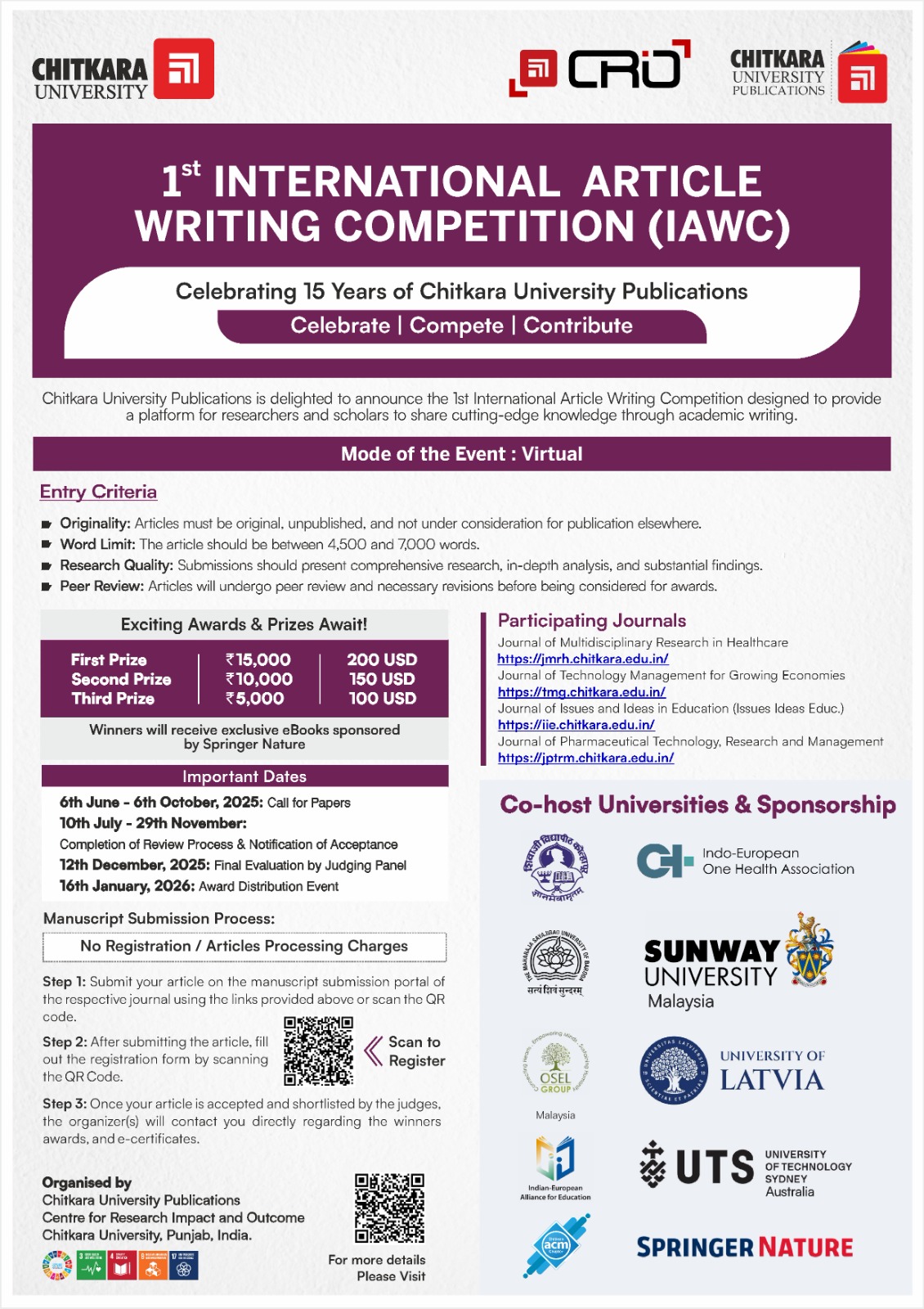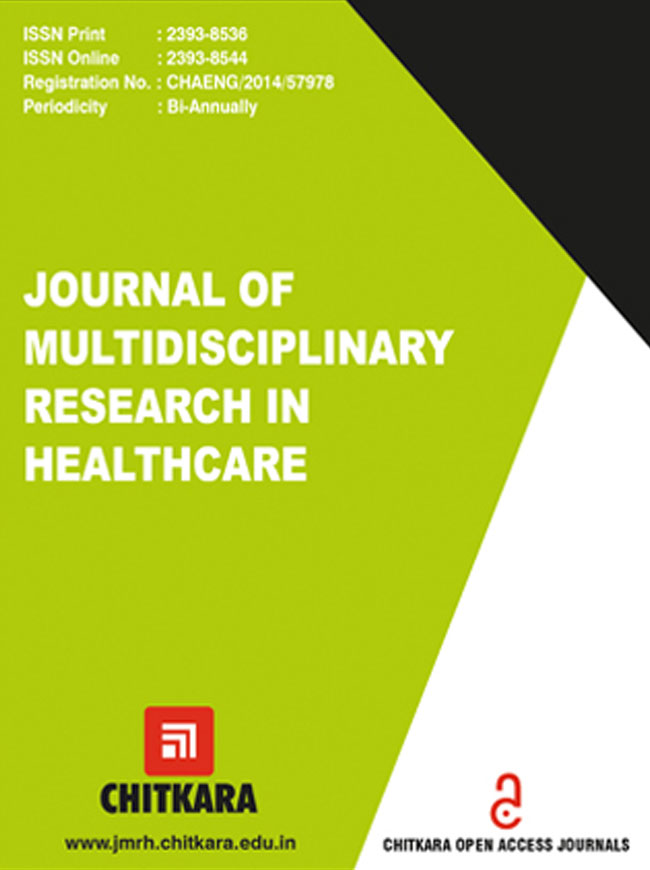Background: Δ8-Tetrahydrocannabinol (Δ8-THC) is a psychoactive cannabinoid compound naturally occurring in the Cannabis sativa plant. The commercial Δ8-THC products are typically synthesized from cannabidiol (CBD), which may lead to the formation of various impurities. These impurities may contribute to unintended pharmacological or toxicological effects, highlighting the need for comprehensive safety assessment.
Purpose: This study aims to assess the pharmacokinetic and toxicity profiles of Δ8-THC and its structurally related impurities using in silico methods, thereby providing preliminary safety insights before in vitro or in vivo experimentation.
Method: In silico ADMET predictions were performed using the pkCSM web server.
Results: All analyzed compounds possess good membrane permeability and showed favorable values for intestinal absorption. The skin permeability values were within acceptable limits, with the exception of compound 10 (log Kp value -2.443). This suggests that compound 10 may have significantly reduced dermal permeability. All compounds were also predicted to exhibit high Caco-2 cell permeability. Compounds 3, 6, 7, 8, 9 (0.704, 0.542, 0.531, 0.531, 0.648), and 11 (0.227) showed relatively low VDss values. This could influence their duration of action and tissue-specific effects. All the compounds are unlikely to penetrate the blood-brain barrier (BBB), based on predicted log BB and CNS permeability indices. Our predictions indicate that impurities 6, 7, 8, 10, and 12 have the potential to inhibit the hERG channel, flagging them as possible cardiotoxic agents.
Conclusion: Δ8-THC and its structurally related impurities exhibited favorable absorption and distribution characteristics; variations in volume of distribution and dermal permeability, particularly for compound 10, may influence their pharmacological behavior. The predicted hERG inhibition by impurities 6, 7, 8, 10, and 12 raises potential cardiotoxicity concerns. Future work should include in vitro and in vivo validation of these predictions, as well as expansion to include additional impurities formed under various synthetic and storage conditions.
Background: The coronavirus disease-19 (COVID-19) caused by the severe acute respiratory syndrome coronavirus 2 (SARS- CoV-2), has a huge global impact.
Purpose: The only known preventive measures or therapies for COVID-19 at this time are physical segregation and aerial barriers between individuals. Researchers in the academic and industrial sectors are currently in urgent need of COVID-19 remedies, including vaccines to stop the virus’s spread. Even if the widespread vaccination campaign has helped to limit the rate of death, the spread of severe acute respiratory syndrome coronavirus 2 (SARS-CoV-2) continues three and a half years after the pandemic began and the anticipated endemic transition. After the health emergency state was declared to be over, we are seeing a global loosening of preventive measures, a return to pre-pandemic mobility patterns, and an ever more coerced coexistence with the virus.
Methods: In the present study, the ability of SARS-CoV-2 proteins to bind natural substances, which is essential for host cell interaction and infection was examined. Using in silico tools and techniques, the docking analysis of Dibutyl phthalate, Betulin and Stigmasterol against SARS-CoV-2 non-structural protein-12 (NSP-12) was done.
Results: It was observed that stigmasterol had the highest binding affinity (-8.1 kcal/mol) for NSP-12 protein of SARS- CoV-2 followed by betulin (-6.9 kcal/mol) and DIBP (Dibutyl Phthalate) had the lowest affinity (-6.3 kcal/mol).
Conclusion: Based on current research, it was suggested that stigmasterol is a potential phytochemical to be tests against NSP-12 protein of SARS CoV-2 and can be used as antivirus drug.
Background: Poor access to healthy foods as a result of poverty is becoming a public health challenge, particularly in many low-income countries, where many households are threatened with low purchasing power.
Purpose: The aim of the study was to evaluate the influence of maternal food insecurity on infant-feeding practices among caregivers attending State Specialist Hospital, Akure, Nigeria.
Method: The research was a cross-sectional study to assess maternal socio demographic characteristics, nutrition knowledge, and the influence of food insecurity status on breastfeeding and complementary feeding practices. A semi-structured questionnaire was used to collect information on socio-demographic characteristics of mothers, breastfeeding and complementary feeding practices, and food-insecurity-related situations in the previous 30 days of the survey. Data were analyzed using a statistical package.
Results: The maternal age was between 18 and 40 years, and a large percentage of the nursing mothers were Yoruba (75.1%). Most of the mothers had formal education (98.1%) and were self-employed (79.1%). Maternal-child-feeding knowledge showed that four-fifths (80%) had good knowledge on when to initiate breastfeeding, 68.9% on the duration of exclusive breastfeeding, 66.6% on the age at which to introduce complementary foods to infants, and 71.4% on the risks associated with late introduction of complementary food to the infants. Mothers experiencing mild food insecurity (20.2%), moderate food insecurity (15.2%), and severe food insecurity (8.9%) reported that they were not practicing exclusive breastfeeding, breastfeeding less than 3 times daily, and abruptly stopping breastfeeding, respectively. Besides, results showed that a high percentage of mothers were unable to feed their infants with a variety of complementary foods and quantity. The types of complementary foods used by the mothers varied from unfortified sorghum (36%), fortified sorghum (egg or soybean) (45%), and commercial infant formula (19%).
Conclusion: The findings of the study showed that almost half of the nursing mothers were food insecure, and the food-insecure mothers did not practice exclusive breastfeeding, and most of the mothers were using unfortified cereals as complementary foods for their infants due to low income and lack of food.
Background: Intermittent exotropia (IXT) is a condition characterized by fluctuating control, and the optimal approach for monitoring it is a subject of continual discussion.
Purpose: The aim of this study is to assess the reliability of repeated measurements of the Office Control Score (OCS) and its correlation with distance stereopsis in children diagnosed with intermittent exotropia (IXT).
Methods: This prospective study involved 98 children, who were categorized according to deviation angle (<20 PD and ≥20 PD). OCS was assessed at three time points, and stereopsis was evaluated through the Titmus and Distance Randot tests.
Results: Results indicate that both groups exhibited statistically significant improvements in OCS across visits, with Group A showing superior control and stereopsis outcomes at the third visit (P < 0.05). Children with smaller deviation angles exhibited significantly improved distance stereopsis.
Conclusions: Multiple OCS measurements, as opposed to a single-point assessment, offer a more stable and reliable approach for monitoring control in IXT. This method may facilitate prompt surgical referrals and enhance clinical outcomes.
Background: Cervical rib is a rare congenital anomaly, usually from C7. Most are asymptomatic, but incomplete ribs can compress neurovascular structures, especially the brachial plexus, causing pain, paresthesia, and weakness. This case reports a 19-year-old male with a rare CR at C4, presenting with severe right-sided neck and shoulder pain, tingling, and functional limits after prolonged backpack use. Diagnosis was confirmed via X-ray.
Purpose: To evaluate whether a non-surgical, evidence-based physiotherapy program could reduce pain and improve function in a patient with a rare symptomatic cervical rib.
Method: A qualitative case study was conducted. Assessment included muscle strength, shoulder range of motion, nerve tension tests (ULTTs), and special tests (Adson’s, Roos). The baseline Numeric Pain Rating Scale (NPRS) was 8/10; the Neck Disability Index (NDI) was 34 (severe).
Intervention: Weeks 1–2: Neural mobilization (median, ulnar nerves) and ultrasound therapy (3 MHz, 2 W/cm², 4 days/week) → NPRS reduced to 6; NDI to 26. Weeks 3–4: Neural mobilization plus Muscle Energy Techniques (scalenes, upper trapezius) → NPRS 2; NDI 20. Weeks 5–6: Maintenance sessions (3 days/week) sustained improvements.
Results: Pain and functional scores improved steadily: NPRS from 8 to 2; NDI from 34 to 20 by Week 4, maintained through Week 6.
Limitation: Single-subject design limits generalizability. No long-term follow-up to assess sustained benefits.
Conclusion: A non-surgical, phased physiotherapy program—combining neural mobilization, ultrasound therapy, and muscle energy techniques—effectively reduced symptoms and disability in a rare high-level cervical rib case.
Background: Musculoskeletal Disorders (MSDs) are associated with long-term pain, fatigue, and physical disability, often leading to reduced productivity, job restrictions, absenteeism, and transfer to alternative work roles. These have a considerable impact on quality of life with an economic toll on the individual, the organization, and the society as a whole.
Purpose: However, research on MSDs in thermal power plant workers is limited; thus, the objective of the study was to determine the prevalence and risk factors of MSDs in thermal plant workers.
Method: A sample size of 200 workers was obtained, and data was collected using a questionnaire designed for the same via the interview schedule method.
Results: The 12-month prevalence of MSDs in workers was found to be 59.7%. The majority of the workers had a higher prevalence of low back pain (45.29%). Upon univariate analysis, age (OR=7.30, 95% CI: 2.15-24.76, p=0.001), BMI (OR=8.10, 95% CI: 1.80-36.44, p=0.006), nature of work (OR=5.13, 95% CI: 1.34-19.63, p=0.017), work experience (OR=4.41, 95% CI: 1.86-10.45, p=0.001), and socioeconomic status (OR=2.03, 95% CI: 1.02-4.04, p=0.044) were found to be risk factors for MSDs.
Conclusion: Low back and neck pain emerged as the most prevalent MSDs. Contributing factors included long-term poor posture, heavy lifting, and previous trauma or injury. Age, BMI, nature of work, years of experience, and socioeconomic status were identified as significant risk factors. Preventive measures, such as ergonomic workplace modifications and structured exercise programs, are strongly recommended to reduce the occurrence and impact of MSDs.
Background: An elderly person in the age group of 60 years or above usually faces challenges related to mental efficiency. Due to their problems with physical movements, yoga relaxation techniques are easy to follow and may facilitate enhancing mental efficiency.
Purpose: To compare the significant effect of the Mind Sound Resonance Technique and Deep Relaxation Technique among the elderly on mental efficiency and its dimensions vis-à-vis mental functions, mental status, percept and motion equity, and depression.
Methods: The present study was an experimental design and used a non-probability sampling technique to select the sample of elderly participants. They were divided into three groups vis-à-vis Experimental Group-I (EG-I), Experimental Group-II (EG-II), and the Control Group (CG). EG-I received Mind Sound Resonance Technique (MSRT) and EG-II received Deep Relaxation Technique (DRT) for 15 sessions. The CG continued with routine activities. A final sample of 91 participants was analyzed using non-parametric ANCOVA followed by a post hoc test. Pre-tests and post-tests for EG-I, EG-II, and CG were conducted on a standardized tool of mental efficiency.
Results: It was found that the difference among the three groups was significant at a 0.05 level for mental efficiency (overall) and each of its dimensions. Post hoc tests revealed that MSRT was more effective than DRT and CG for enhancing mental efficiency.
Conclusion: MSRT is a more useful technique for improving mental efficiency in the elderly.
Background: A clinical condition of uncertain etiology characterized by substantial restriction of both active and passive shoulder motion, initially affecting external rotation and later shoulder abduction. The main pain factor is ROM restriction and inflammation. The initial stage is challenging, with the majority of the discomfort occurring at night.
Purpose: The initial stage is challenging to treat, with the majority of the discomfort occurring at night, and hence we need to compare the treatment approaches.
Methods: 60 subjects were included as per inclusion and exclusion criteria diagnosed with frozen shoulder of age group between 40-70 years. The subjects were randomly divided into 3 groups. Group A (n=20) were treated with ultrasound therapy with Maitland mobilization; Group B (n=20) were treated with shortwave diathermy with Maitland mobilization; Group C (n=20) were treated with hot packs and exercises. Patients were evaluated for pain by using VAS. ROM of shoulder joint was measured using a goniometer. The duration of the study was 6 weeks. The patients were assessed on the 0th day and at the end of the 3rd and 6th weeks.
Results: After statistical analysis, significantly higher improvement was seen in the mean of VAS and ROM in Group B.
Conclusion: It was determined that Maitland mobilization in combination with shortwave diathermy is superior to both other modalities of therapy.
Background: Optic neuritis is an inflammatory condition causing visual impairment, mainly affecting females aged 20-40. It’s a rare condition, with idiopathic ON presenting unique diagnostic challenges.
Purpose: Early detection and intervention are crucial, with optometrists playing a key role in comprehensive evaluations using OCT and visual field testing.
Case Description: A 20-year-old male with progressively worsening vision experienced afferent pupillary defect, reduced contrast sensitivity, and color vision.
Results: A multidisciplinary team managed the condition, including methylprednisolone, oral prednisone, neurotrophic support, and antibiotics.
Conclusions: The case highlights the significance of early optometric evaluation in detecting and managing optic neuritis, facilitated by advanced diagnostic techniques. The improved visual acuity demonstrates the benefits of early intervention, emphasizing the role of optometrists in preserving vision and enhancing patient outcomes.
Background: CHARGE syndrome is a multifaceted genetic disorder characterized by systemic as well as ocular anomalies, which include craniofacial malformations, coloboma, optic nerve hypoplasia, and congenital heart defects.
Purpose: The aim of the study is to explore the visual function and ocular anomalies with a focus on understanding the correlation between ocular and systemic features.
Methods: A prospective study was conducted in the period from May 2022 to December 2023, which includes 74 subjects who are diagnosed with CHARGE syndrome. Data was collected from specialty clinics and special schools across Gujarat, including detailed ophthalmic evaluation such as visual acuity testing with Log MAR charts. Retinal imaging and fundus examination were performed in all subjects. Systemic anomalies like craniofacial malformations and congenital heart defects were recorded.
Results: Visual acuity score ranged from 0.1 to 1.2 LogMAR with an average score of 0.48., which indicates varied degrees of visual impairment. Ocular anomalies were more predominant with coloboma in 34% of subjects, optic nerve hypoplasia in 23%, and retinal thinning in 29%. Subjects with craniofacial malformations showed significant poor visual acuity, and those with congenital heart defects showed lower visual acuity. A moderate negative correlation was found between visual acuity and retinal thickness.
Conclusions: This study highlights the strong association between systemic manifestations and ocular anomalies in CHARGE syndrome. Craniofacial malformations and congenital heart defects were substantial predictors of visual impairment, emphasizing the need for early and comprehensive monitoring of systemic and ocular features. The findings of this study contribute to better understanding of the genetic and developmental mechanisms underlying this syndrome with implications for diagnostic and therapeutic approaches.













